New Delhi: For thousands of years, humans attempted to understand the skies through observations made with the naked eye. However, when the world’s first telescope was invented in 1608, it became clear that the universe was far more complex than was believed to be.
It was only after the launch of Hubble — the world’s first space telescope — that scientists were able to get an unobstructed view of the universe, beyond the distortion of the Earth’s atmosphere and the haze of pollution.
The Hubble Space Telescope was launched on 24 April 1990 and is named after pioneering American astronomer Edwin Hubble who proved that there were other galaxies beyond the Milky Way.
In the last 30 years, the Hubble telescope has beamed back stunning images of the cosmos. It has helped discover new worlds beyond our solar system, spotted numerous supermassive blackholes and captured the birth and death of stars.
Here are some of the most stunning visuals captured by the Hubble Space Telescope in the last three decades.
Mystic Mountain
This is a snapshot of Carina Nebula, an extensive interstellar cloud of dust, hydrogen, helium and other gases. The tallest pillar of gas and dust — which is approximately three-light-years-long — is slowly dissipating due to cosmic winds from nearby stars.
The pillar is also being pushed apart from within as infant stars buried inside it fire off jets of gas that can be seen streaming left and right from the tips of the peaks. The Carina Nebula is 7,500 light years away from Earth.
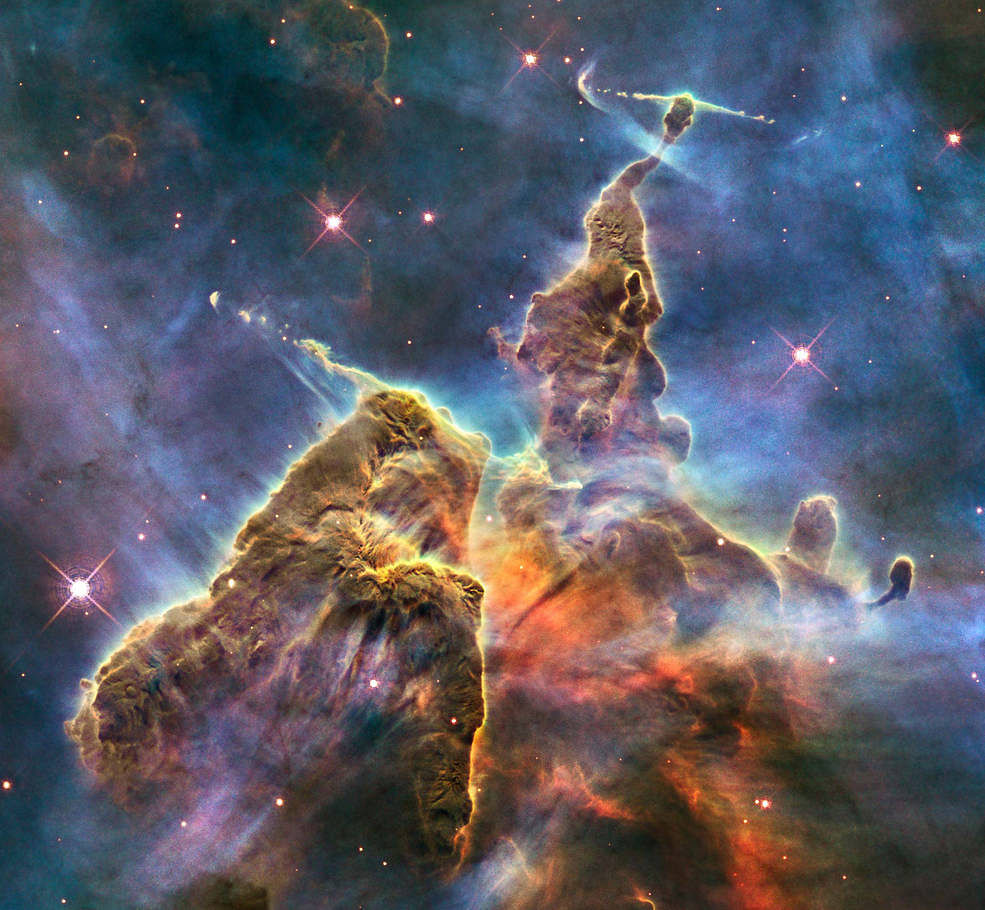
Pillars of Creation
This picture is of a portion of the Eagle Nebula — a cluster of stars and cosmic gas in the constellation Serpens — and is one of the most iconic images beamed back by the Hubble.
It shows three huge columns of cold gas illuminated by light from a cluster of young stars located out of view above them. The stars are born on the tips of the finger-like projections. The largest of the three columns is approximately four light-years tall.
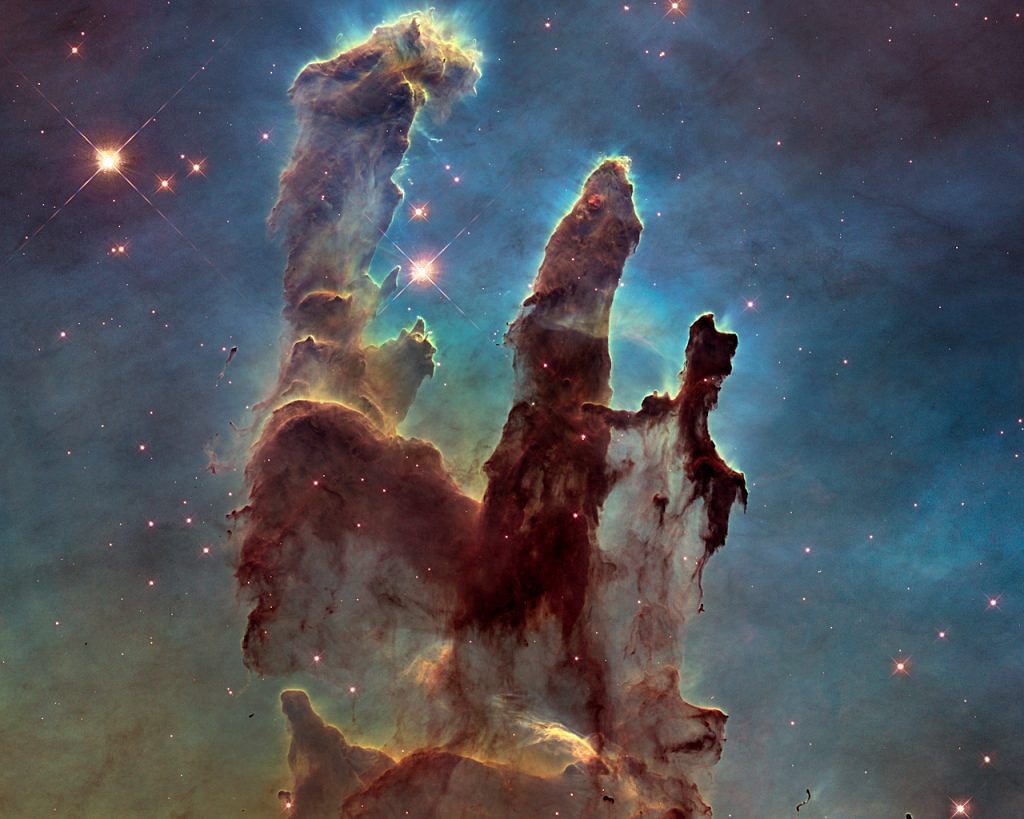
Supermassive blackhole M87
The Hubble helped confirm that the centre of the elliptical galaxy M87 — located more than 50 million light years away — harbours a black hole 2.6 billion times more massive than the Sun.
In the image, a jet of subatomic particles can be seen streaming away from the central black hole, in unprecedented detail.
Last year, scientists unveiled a picture of this blackhole, the first-ever image of any blackhole.

Antennae Galaxies
This image captures two galaxies — known as NGC 4038 and NGC 4039 — locked in a violent spar.
The clash of the galaxies, which has possibly lasted a few hundred million years, has caused the stars to rip away from their host galaxies and form an arc between the two.
These far-flung stars and streams of gas stretch out into space, creating long tails that resemble antennae.
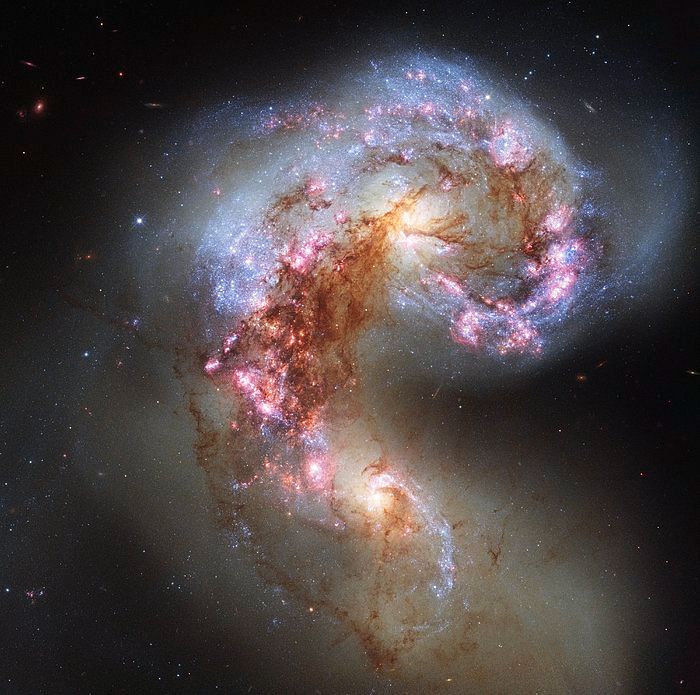
Deep view of the universe
This view of nearly 10,000 galaxies is the deepest visible-light image of the cosmos, cutting across billions of light-years.
The image includes galaxies of various ages, sizes, shapes, and colours. The small, red galaxies, which are approximately 100 in number, may be among the most distant ones known. These formed in the universe just 600 million years after the Big Bang. The Big Bang is the theory of how the universe began, the idea is that the universe began as a single point and then expanded to grow as large as it is now.
The nearest galaxies are larger, brighter and have well-defined spirals and ellipticals. They thrived about 1 billion years ago, when the cosmos was 13 billion years old.
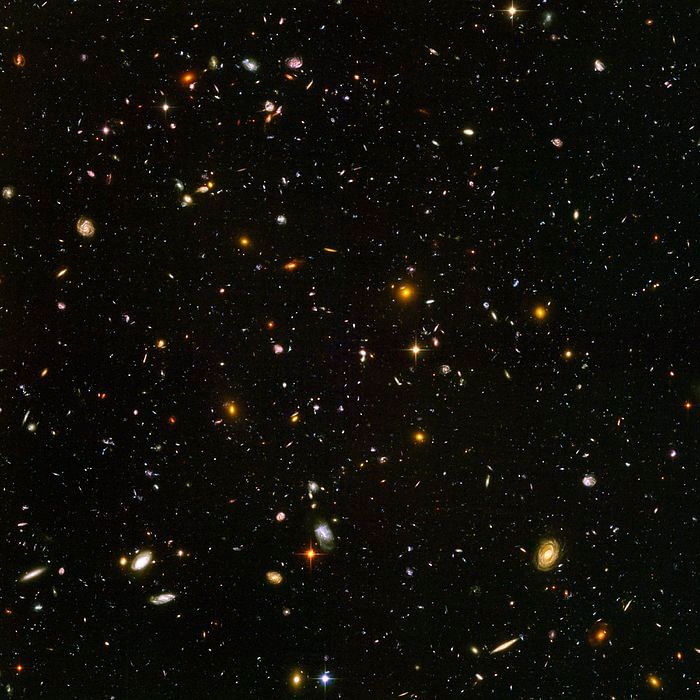
The top 100 images captured by the Hubble telescope can be seen here.
Also read: In 2020, more black hole images will blow our minds



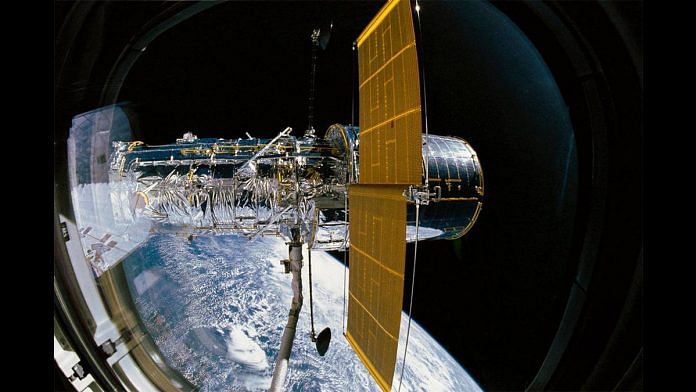



Very interested notification
Very nice!
The Hubble telescope was a giant leap in astronomy and we could greatly expand our idea of the universe. In fact our relatively insignificant size in terms of a solar system and how much bigger the larger universe actually is dawned on us. Now there are even bigger telescopes like the Kepler etc. Well done NASA.